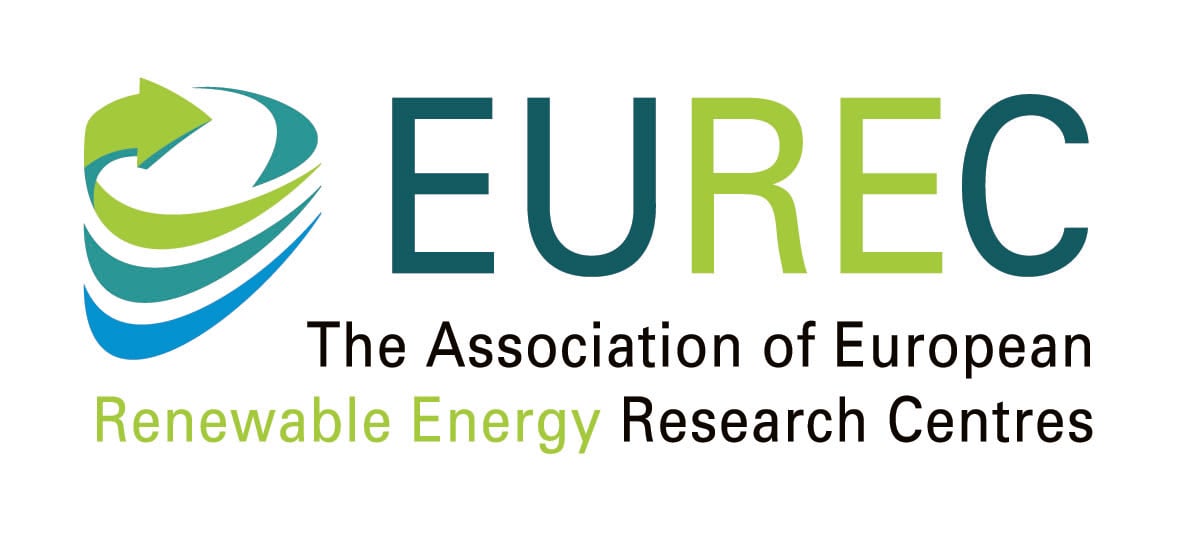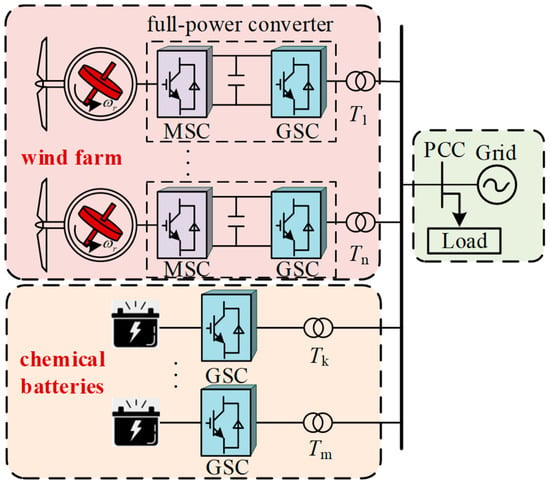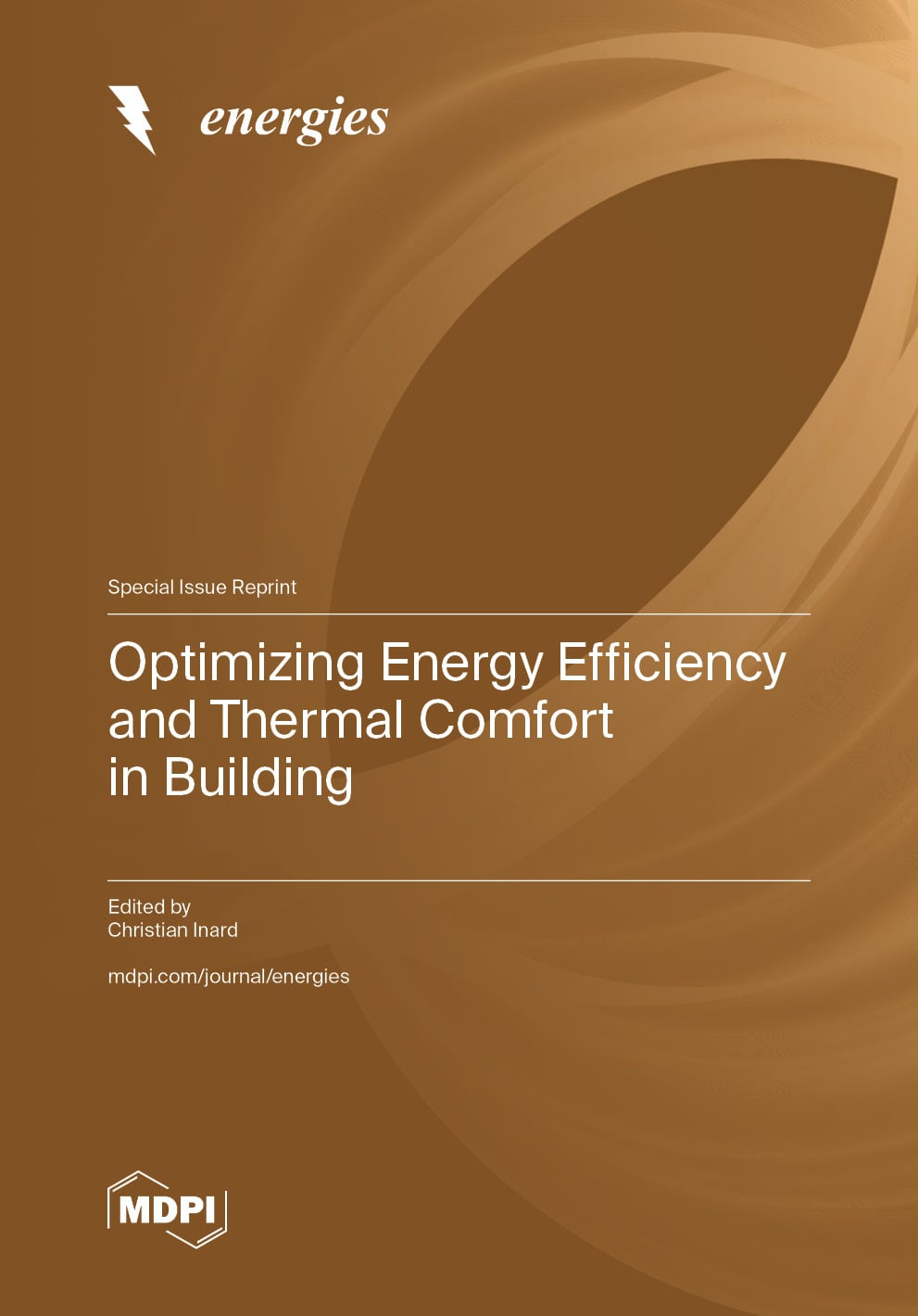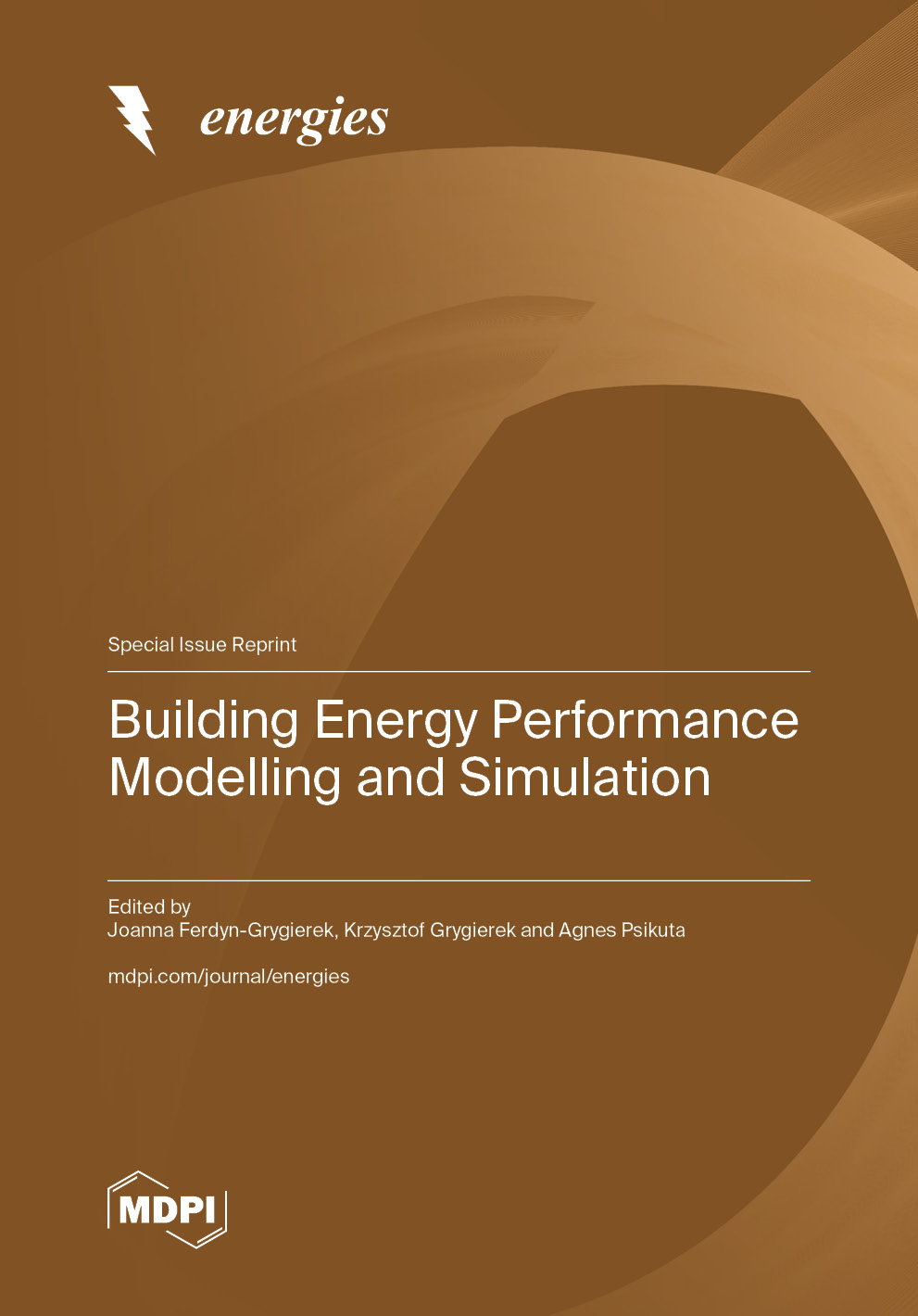- Article
Wind–Storage Coordinated Control Strategy for Suppressing Repeated Voltage Ride-Through of Units Under Extreme Weather Conditions
- Yunpeng Wang,
- Ke Shang and
- Zhen Xu
- + 3 authors
In practical engineering, large-scale wind power integration typically requires long-distance transmission lines to deliver power to load centers. The resulting weak sending-end systems lack support from synchronous power sources. Under extreme weather conditions, the rapid increase in active power output caused by high wind power generation may lead to voltage instability. In existing projects, a phenomenon of repeated voltage fluctuations has been observed under fault-free system conditions. This phenomenon is induced by the coupling of the characteristics of weak sending-end systems and low-voltage ride-through (LVRT) discrimination mechanisms, posing a serious threat to the safe and stable operation of power grids. However, most existing studies focus on the analysis of voltage instability mechanisms and the optimization of control strategies for single devices, with insufficient consideration given to voltage fluctuation suppression methods under the coordinated operation of wind power and energy storage systems. Based on the actual scenario of energy storage configuration in wind farms, this paper improves the traditional LVRT discrimination mechanism and develops a coordinated voltage ride-through control strategy for permanent magnet synchronous generator (PMSG) wind turbines and energy storage batteries. It can effectively cope with unconventional operating conditions, such as repeated voltage ride-through and deep voltage ride-through that may occur under extreme meteorological conditions, and improve the safe and stable operation capability of wind farms. Using a hardware-in-the-loop (HIL) test platform, the coordinated voltage ride-through control strategy is verified. The test results indicate that it effectively enhances the wind–storage system’s voltage ride-through reliability and suppresses repeated voltage fluctuations.
22 December 2025







